Veracruz and Huasteca – Inspiration in a Mexican Whitewater Destination
With something for everyone, the Mexican States of Veracruz and San Luis Potosi are definitely worth a whitewater-paddling visit. The area offers everything from scenic class II-III runs for intermediate paddlers to class III-V epic canyons and waterfalls. What’s remarkable is the proximity of multiple (fairly easy to access) day runs, each with its own uniqueness and incredible scenery. Paddling here happens nearly year round, with a couple months in the spring where it is just too dry. High water is from July to October but there are many great runs during winter months (Nov – Feb), when for many of us, it is too cold or dry to paddle on our local rivers. Plenty of these rivers can be navigated by raft, making it accessible, with proper guides, to almost anyone who is reasonably fit and comfortable in the water.
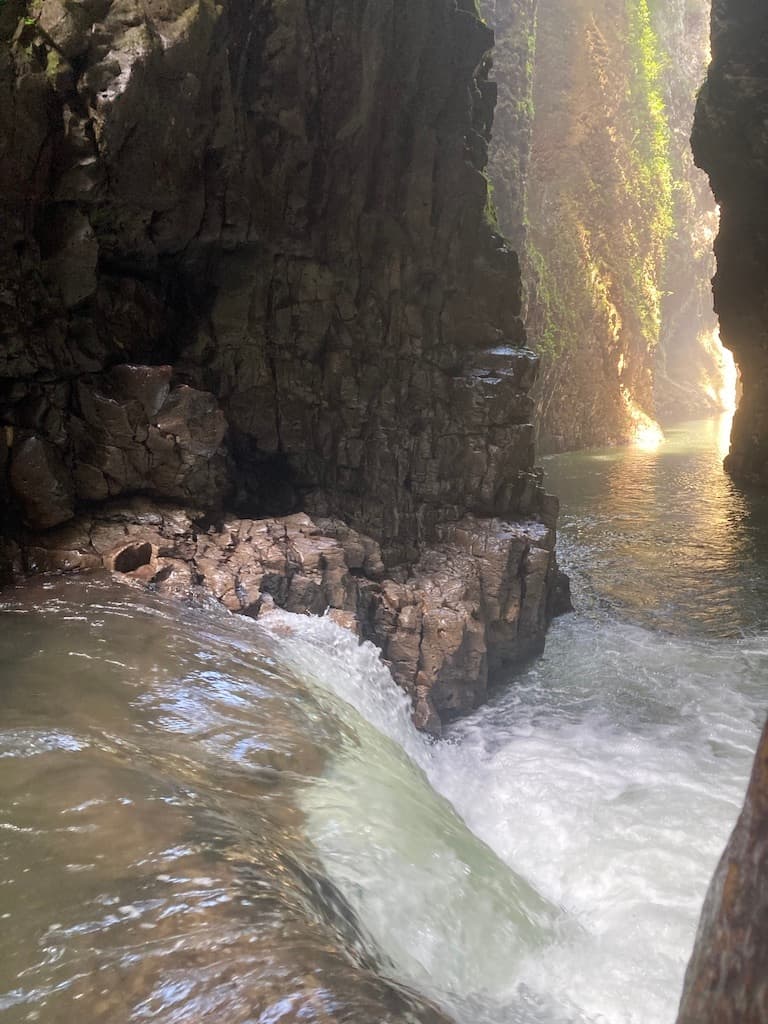
Check out these beautiful runs in the state of Veracruz: Rio Antigua, Pescados, Alsaseca, Filo-Bobos, Actopan and Rio de Oro. There are also many runnable waterfalls in the area including the well-known Tomata, a photographic 60-foot falls with a class I approach.
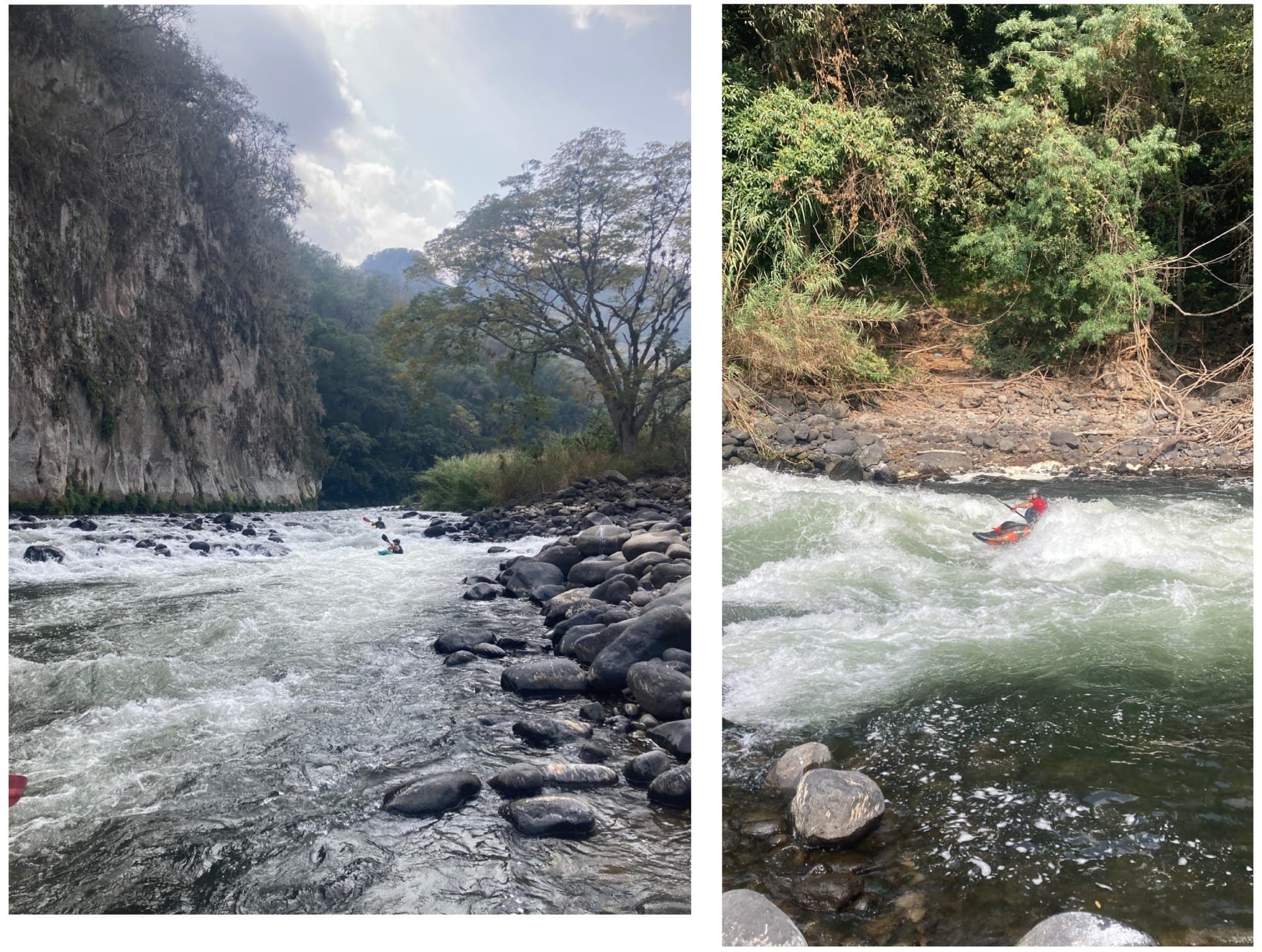
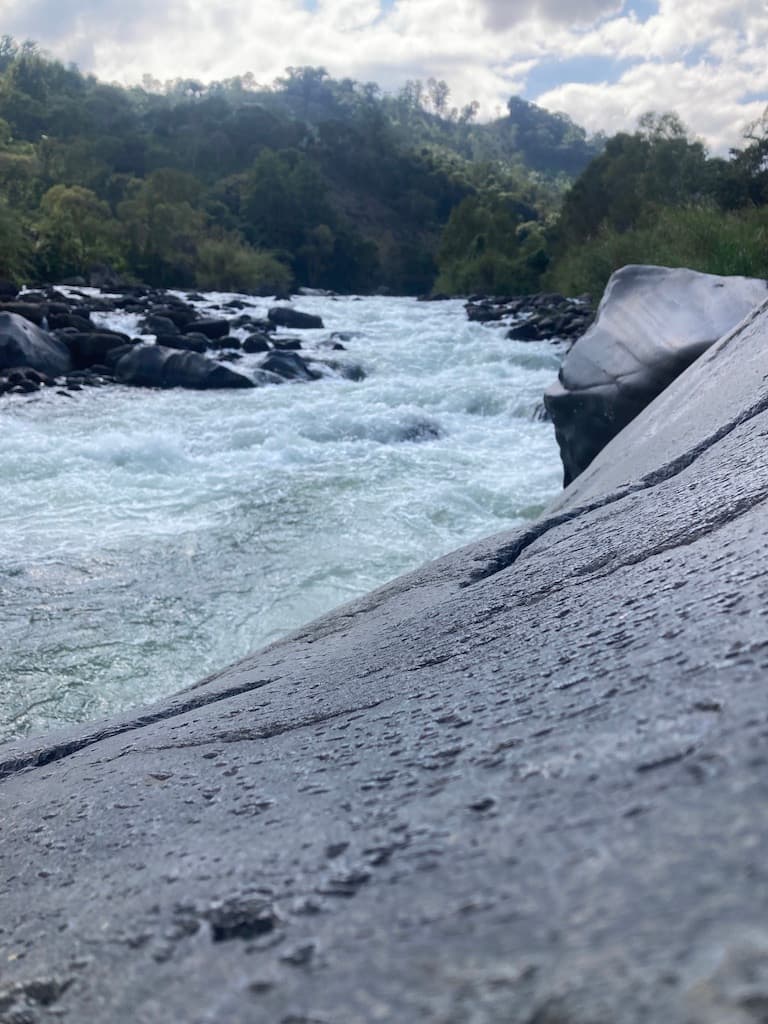
Check out these popular rivers in the Huasteca Potosina region in the state of San Luis Potosi: Micos, Rio Tampaon, Santa Maria and El Salto (de Meco). Each of these rivers can be run on a day trip, by basing yourself out of Ciudad Valles.
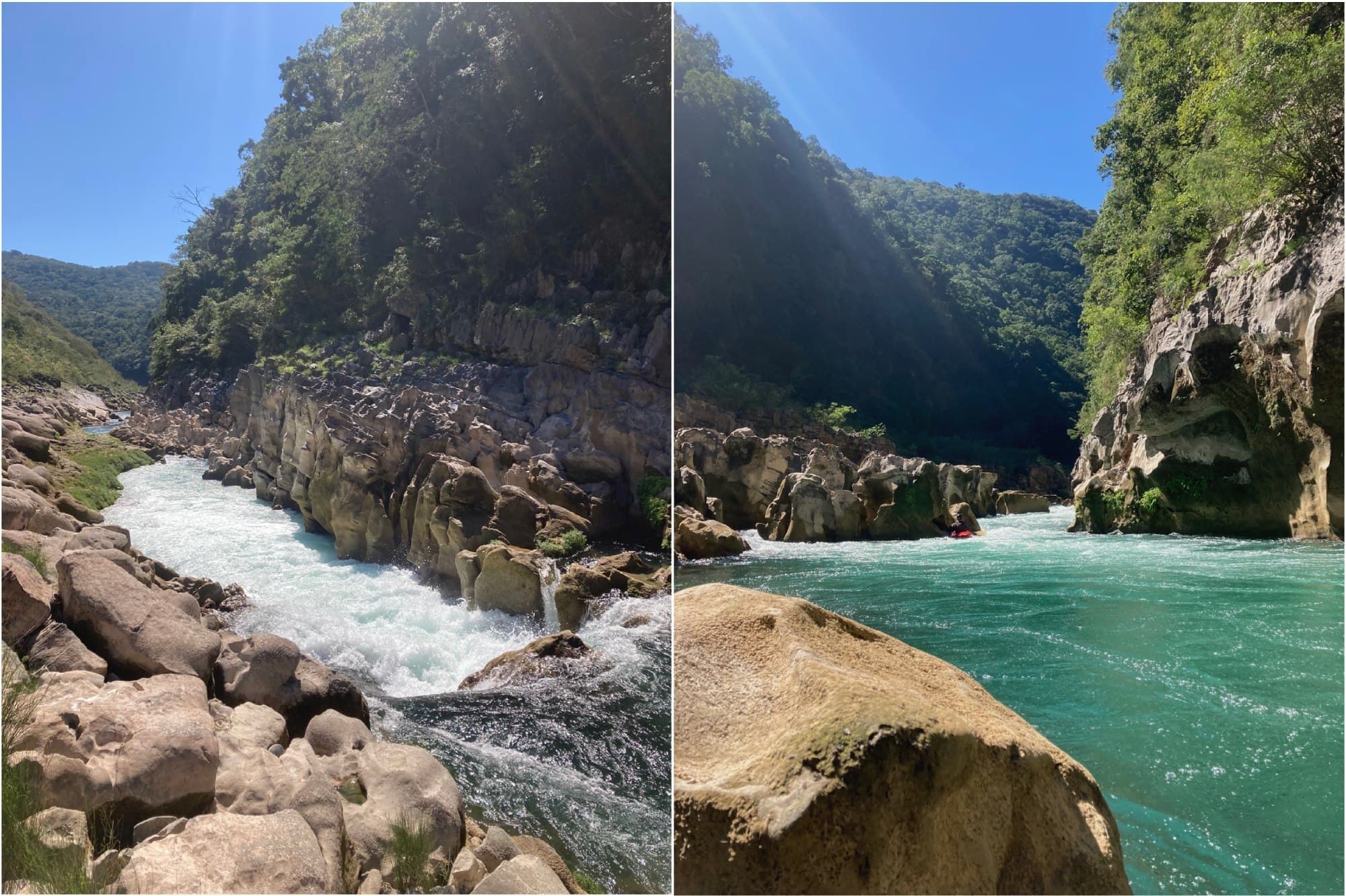
If you have the time, speak some Spanish and are up for an adventure, it is possible to land in Veracruz (or Mexico City) with your gear and organize your own logistics. This approach is best done with a group of paddlers to economize on transportation expenses and to ensure you have amigos to paddle with. There are many local outfitters and ecotourism operators that can provide everything from directions to the put-in to fully catered trips. To avoid any hassles and make the most out of your trip, your best bet is to hire a local outfitter and guide or tour company.
Esprit Whitewater, based in Canada in the summer months and in Jalcomulco, Veracruz in the winter, offers amazing weeklong trips where you paddle multiple rivers. Esprit has been operating in Mexico for over 20 years and with their vast knowledge of the area can build a custom itinerary for your group.
Esprit Whitewater also runs awesome trips in the Huasteca region or check out Kayak Huasteca for logistical support of fully catered tours. Kayak Huasteca was the first Kayak School/Rafting Company in the area. With over 25 years of experience, Enrique will set you up with everything you need to enjoy the rivers of this region.
The rivers in this part of Mexico have no shortage of thrills and
beauty. The region boasts warm water, long boulder gardens with scenic mountain
backdrops, clear turquoise colour water flowing over beautiful travertine
ledges, steep canyon walls through lush jungle and tons of runnable waterfalls.
But, you will find paddling here is about so much more than that. The people
and the small communities you will interact with are amazing. The food is
excellent and the paddling/eco-adventure tourism industry has a down-to-earth
feel not found in other parts of the world. Day after day you will meet small
business owners, drivers, and guides who are passionate about the environments
they share with you as they work to maintain the ecological integrity of these
beautiful rivers.
This story about the village of Jalcomulco in Veracruz says it all. This community remains united to protect the Antigua River from hydroelectric development after a 6-year stand off and 9-year process.
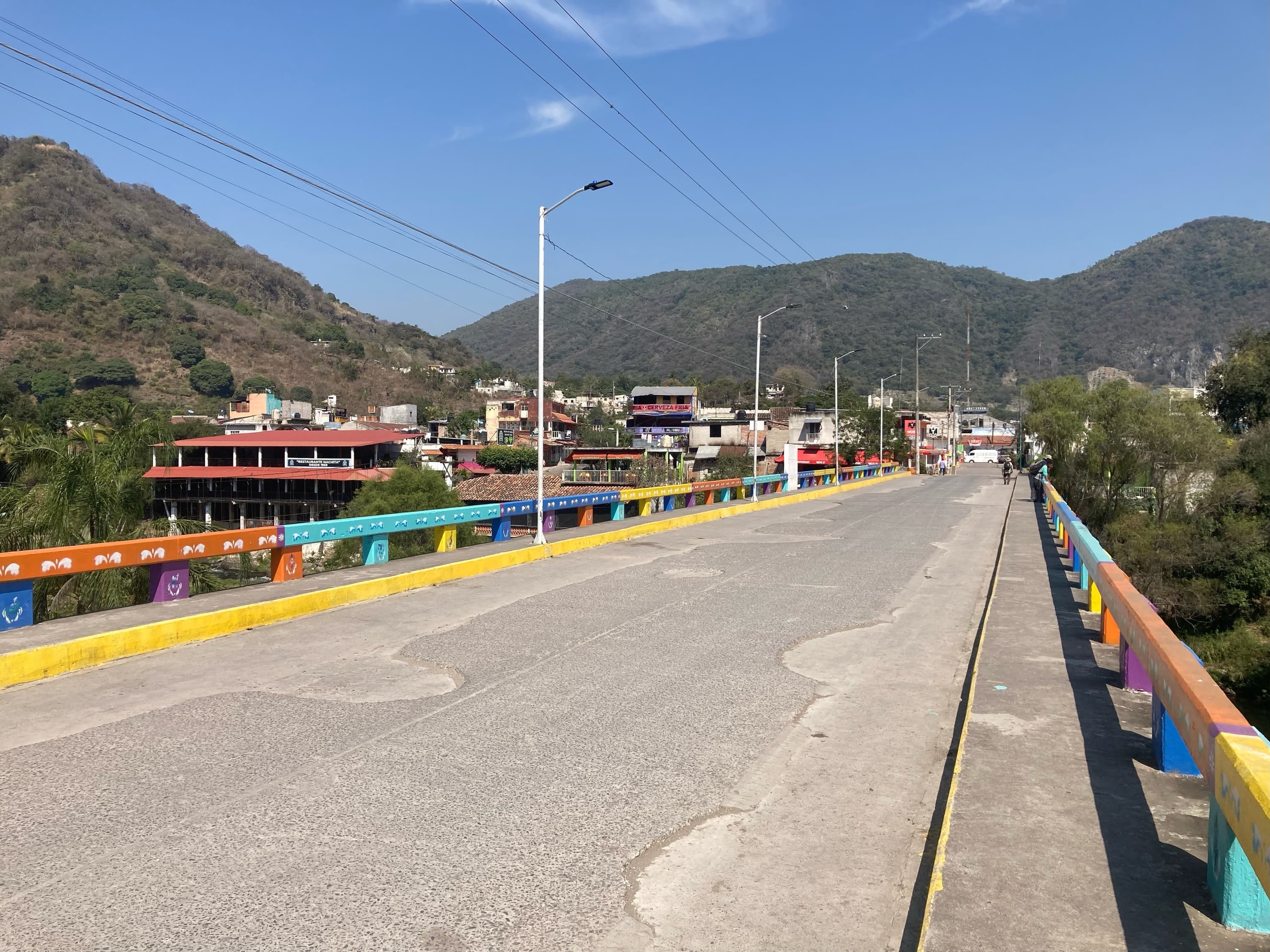
A hub for whitewater rafting and kayaking in Veracruz, the little town of Jalcomulco hosts the Pescados section of the Rio Antigua. It’s just a 15-minute ride from the center of town to the put-in of a great Class III-IV (depending on water levels) boulder garden run through a scenic canyon. A 2.5 hour paddle through beautiful rapids with surf waves, caves, cliffs and soaring vultures brings you back to the center of town where you can enjoy great food and drink on a patio overlooking the river. You can go further up the Antigua for bigger thrills and, as mentioned earlier, Jalcomulco is well situated to visit other rivers like the Rio de Oro and the Alsaseca and offers mountain biking and hiking trails as well.
All of this could have been lost if not for the immediate, sustained and organized action taken by the citizens of Jalcomulco and the surrounding area. This courageous community with a population of about 5000 people maintained a blockade, 7 days a week, 24 hours per day for six years, in order to stop the construction of a dam on the Rio Antigua. After six years they were able to confidently end the blockade and have continued, for the past three years, with a legal process to ensure dam construction will not go ahead.
While visiting Jalcomulco, I was able to get an insider's version of the story from Irving Bonilla Sayago, a veteran raft guide and the owner of @Kachikin_Rafting. Irvine was extremely welcoming and in addition to telling me the story of saving this river, helped me with shuttles and company to enjoy a few runs on the Pescados.
Irving started his story by telling me that in January of 2014, a fisherman from town, who had been up river, came home saying that there were machines working in the river basin, drilling and taking soil samples. This was taking place about 8 km upriver from the village of Jalcomulco.
When the word spread about the machines working, over 300 people gathered to go see what was going on. When they arrived, they quickly learned that the work was underway to build a large hydroelectric dam and water reservoir. This facility was meant to provide electricity and water to the city of Xalapa, the capital of the state of Veracruz. They intended to build a dam that was 100m high and 700m long. In order to fill the reservoir, it would require cutting off 90% of the water flow in the river for an unknown period of time. The result would flood 440 hectares of land (about 1000 football fields). This, Irving pointed out, would destroy the fish habitat and impact birds and all kinds of wildlife and it would change the natural flow of the river forever. Citizens were also concerned that if the dam was built, and ever failed, the floods would wash away Jalcomulco and various other towns downstream.
According to Irving, for a hundred years the valley had been protected from any construction that would impact the flow of the river. Community, economic and environmental impact studies would have to be done prior to any work like this starting or being approved.
After speaking with managers at the worksite, it became clear that they did not have the necessary permission. A change in government had allowed this work to begin quietly and without permits. Upon learning this, many people became angry, according to Irving, some wanted to burn the machines and clear out the workers using machetes. Fortunately, someone spoke up and offered a plan to stop the machines peacefully and legally. They blocked the entrance to the worksite. People were scared. They didn’t know what would happen, if the construction company would use violence or if the police would come and arrest them for blocking the machines. But they stood together, over 300 of them, of all ages, and they stopped the work from going ahead.
The first night they left a small group of men to watch the entrance to see if anyone came in or out… nothing happened.
Quickly a committee was formed to organize a steady presence at the blockade site and to pursue a legal process to ensure work could not continue. Irving told me that the community worked in groups of 10-15 people. Each group would have a 12-hour shift a few times a week, blocking the entrance to the worksite 7am-7pm or 7pm-7am. The night shift brought their tents and whatever they needed for the night.
Irving explained that for this community, protecting this river is not just about tourism or jobs. “People can get other jobs”, he said. This is about a thousands-year-old ecosystem; a river, fish, birds, trees and wildlife that provide for us all and each other.
Over time the blockade effort became more systematized. There was a group that prepared good meals for the teams sleeping at the blockade. The blockade had radio contact with a shop in town, if there was ever trouble at the blockade, they could call on the radio and an alarm in town would signal everyone to gather, carpool to the blockade site and stand together. After six years, the citizens of Jalcomulco were confident that the work at the dam site was not going to start up again without permits in place. Focus and energy moved to focussing on a legal process. Recently, over nine years after stopping work from continuing on an unpermitted dam, an agreement was made in the courts that will protect the valley from development that threatens the environmental integrity of Rio Antigua.
Irving expressed pride for his community, a small village working together to hold back a huge corporation. He said the time spent camping out at the blockade, strategizing, and working together on various committees has really brought the town together. He admits that there were times when people grew tired of the fight, staying out on cold nights, battling with bugs, always unsure of what the outcome would be. But, there was always someone there; everyone found a way to pitch in.
The people of Jalcomulco can relax for the time being, proud that their courageous efforts have protected their river. Sadly, as Irving pointed out, these battles are never finished; when the government changes they could reopen the plan.
A chill went through me as I walked away from our conversation. I left with a new appreciation for how important it is to protect the ecosystems that surround our natural waterways. But what struck me even more, is the fragility of the systems that are in place to protect them. Laws, rules, systems, programs, none of it is enough without the ongoing work of passionate people and communities.

Related Articles
The Caribbean is one of the most storied island regions in the world. From pirates to hidden treasures,…
A short film produced (and paddled) by Jeremy T. Grant of the Timber Cross Film and Media. For more…
Learn how to do a one person lift and a one person carry on a portage. No matter how "strong" you…
Who needs water when you have ice or a paddle when you have a friend?



